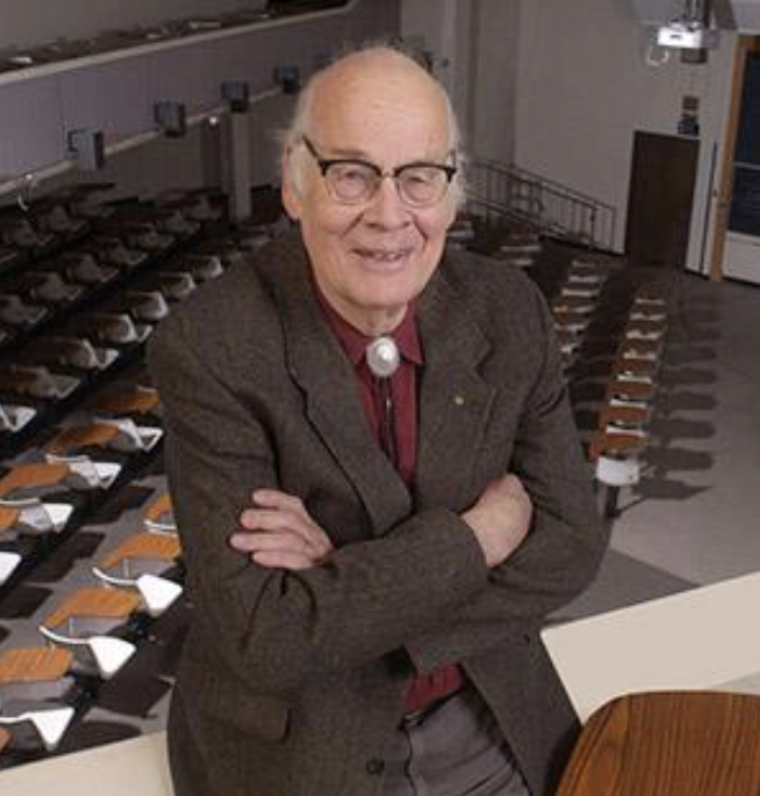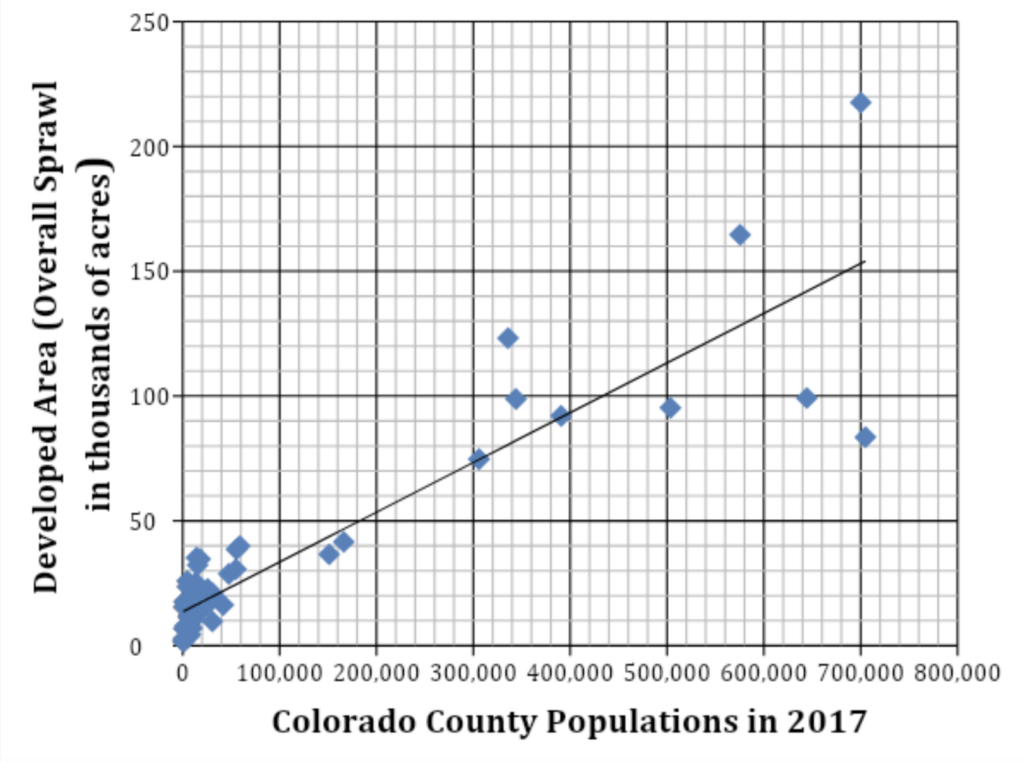CAUSES OF THE POPULATION GROWTH: According to Census Bureau data, Colorado’s total population was 3,045,000 in 1982 and 5,617,421 in 2017, an increase of 2.6 million.* Net migration from 1982 to 2017 — people moving into the state from other states or other countries minus those leaving — was equal to 53% of the increase (1.4 million) Of that number, 34% percent (466,000) or about one-third were immigrants (legal and illegal) who moved into the United States over this time period and were living in Colorado by 2017. Births to U.S.-born Americans and immigrants minus deaths (natural increase) in the state were equal to the other 47% of population increase.**
* Figures come from the public use file of the 2017 American Community Survey (ACS). Immigrants or the foreign born are all those who are not U.S.-born at birth. Respondents to the ACS are asked what year they came to live in the United States.
** The Colorado Division of Local Affairs, Division of Local Government, State Demography Office has data that shows natural increase (births minus deaths) in Colorado and total net migration into the state. For natural increase and total net migration see State Births, Deaths, and Net Migration Spreadsheet, 1970-2025, “Colorado Population Growth: Components of Change, 1970-2025;” “Regional Components of Change for Colorado, 1970-2050;” “County Components of Change for Colorado, 1970-2050.”
International in-migration: Additional pressure to increase development in Colorado is caused by the federal government’s immigration policies that allows roughly 1.5 million new people per year to come legally and illegally from countries outside of the U.S. This causes massive, unrelenting U.S. population growth in some states that creates problems that pushes many residents to leave their states and move to places like Colorado. For example, in 2016 the top four states from which people moved to Colorado were California, Texas, Florida, and Arizona. Not coincidentally, those exact states have some of the highest rates of international migration. The arrival of immigrants into Colorado since 1982 and their U.S.-born progeny account for an estimated 26% of Colorado’s population growth over this time period.
The Census Bureau’s American Community Survey and Current Population Survey identifies immigrants and asks what year they came to the United States. We use the ACS to measure the number of immigrants living in Colorado in 2017 who entered the country in 1982 or later. In addition to the ACS, we use the Current Population Annual Social and Economic Supplement (ASEC CPS), which asks respondents the birthplace of their parents. We use this information to estimate the number of U.S.-born descendants of post-1982 immigrants in the state. It should be pointed out that all children born in the United States are automatically granted U.S. citizenship regardless of the immigration status of their parents. Also, in order to accurately measure the full effect immigration has on population growth, all demographers include the U.S.-born progeny of immigrants.
For examples, see U.S. Census Bureau, “A Changing Nation: Population Projections under Alternative Migration Scenarios,” Report Number P25-1146, February 2020; Pew Research Center, “Modern Immigration Wave Brings 59 Million to U.S., Driving Population Growth and Change Through 2065,”September 25, 2015; Center for Immigration Studies, “Projecting the Impact of Immigration on the U.S. Population,” February 4, 2019.
The 2017 ACS shows 466,000 immigrants living in Colorado who arrived in the country in 1982 or later. This number has been adjusted to exclude half of those who indicated in 2017 that they arrived in the year 1982. This is necessary because the ACS and the population estimate on which overall state population growth is based reflect the population on July 1 of each year. However, the ACS measures immigrant arrivals by calendar year. In addition to immigrants who arrived in 1982 we also find based on 2017 CPS ASEC that there were 125,000 U.S.-born children (under age 18) of post-1982 immigrants in the state. (We exclude those with only an immigrant father to avoid double counting.) As these children still live with their parents, estimating their number is straightforward.
To estimate the number of U.S.-born adults in 2017 with post-1982 immigrant parents, we use the 1999 CPS ASEC. In 1999 these individuals were still minors and lived with their immigrant parents. In 1999, 51 percent of second-generation children born 1982 to 1999 with a foreign-born mother were the child of a parent who came in 1982 or later. The remainder of U.S.-born second-generation Americans in this age group were born to immigrant parents who arrived prior to 1982. Applying this percentage to the adult children of immigrants 18 to 35 in 2017 means there were 60,000 U.S.-born adult offspring of post-1982 immigrants in Colorado, and 125,000 minor children of U.S.-born adult offspring of post-1982 immigrants in Colorado.
Finally, we find that there were 22,000 minor children with second generation parents who are 15 to 35 in 2017. These second-generation parents are old enough to have a child, but young enough to have been born to a post-1982 immigrant. We again assume that 51 percent of these second-generation parents are the offspring of a post-1982 immigrant giving us an estimated 11,000 U.S.-born grandchildren of post-1982 immigrants in Colorado in 2017.




